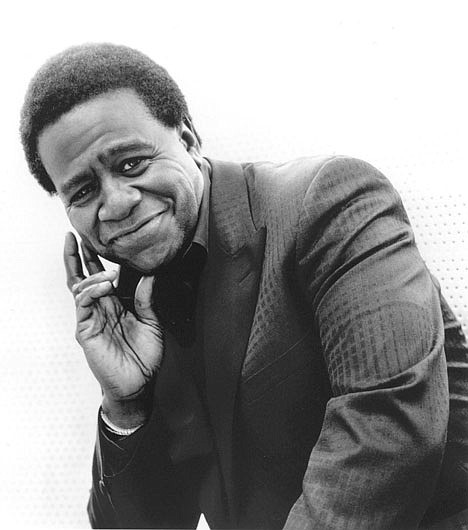Wednesday, June 4, 2008
When a music icon decides to break back into the mainstream, the popular strategy is to enlist a hot producer who can help update his or her sound for the current mainstream, while often peppering the resulting album with the hot artists of today. Of course, this is often met with disastrous results. The best you can hope for is what Aerosmith got with "I Don't Want to Miss a Thing." It made them famous again, but also alienated their longtime fans who didn't remember the band sounding like a bunch of Marys.
Al Green took a similar path in his new record "Lay it Down," enlisting ?uestlove, of The Roots, to produce. For those unfamiliar with ?uestlove as a producer, he was a driving force behind several of the most important hip-hop records of the last 10 years, including all of The Roots' records and Common's "Like Water for Chocolate." Furthermore, he was one of the brains behind the best R&B record of the decade with D'Angelo's "Voodoo."
At his best, ?uestlove is able to seamlessly cross genres, and has meshed hip-hop and R&B better than just about any other producer. He understands his artists' influences, even if the artists themselves aren't familiar with them, and records their albums accordingly.
So what did ?uestlove do with Al Green, who is a major influence among all of his artists and one of the undisputed pioneers of his genre? He reverses precedent, and rather than trying to add some fresh flavor, he goes back to the exact sound that made Al Green the icon that he isunderscore "exact."
Most of "Lay It Down" makes you feel like you just climbed out of a time machine in the 1970s. Everythingfrom the muffled drums on "Stay With Me," to the horn inflections on "No One Like You," to the organ tone on "What More Do You Want From Meԗsounds like it could have come from the same recording session as "Let's Stay Together" or "Love and Happiness."
For the obligatory guest appearances from today's top Billboard artists, ?uestlove included Anthony Hamilton, Corinne Bailey Rae and John Legend. He makes them cater to Al Green's sound rather than vice-versa, while never allowing them to overpower Green.
The problem with the production is that if you are listening to an Al Green record that sounds like it was recorded in 1971, then you want the singles' quality to resemble that of 1971 Al Green, when he released "Tired of Being Alone" and "Let's Stay Together" back-to-back. While there are a few songs on the record that you wouldn't mind being put into radio rotationnamely the title track and "Take Your Timeԗthere's nothing that you could insert onto his greatest hits record without it sounding slightly out of place.
I give credit to Al Green and ?uestlove for doing this comeback album right. They stay true to the formula that made the artist great while never letting the production or guests overshadow the star of the show. And while the slight decline in creative juice may have resulted in this album missing the "classic" label it was shooting for, it is still a good escape to close your eyes and take yourself back three decades to a time when R&B that featured horns, organs and nuance was able to top the charts.

Comments
Use the comment form below to begin a discussion about this content.
Sign in to comment
Or login with:
OpenID